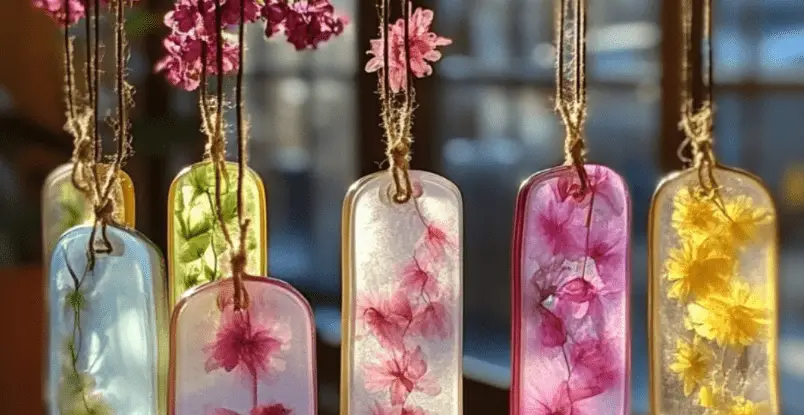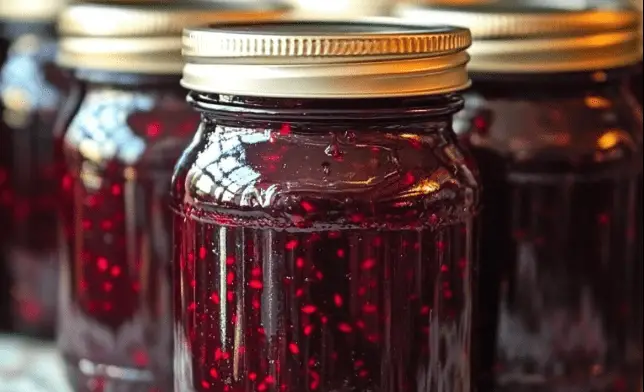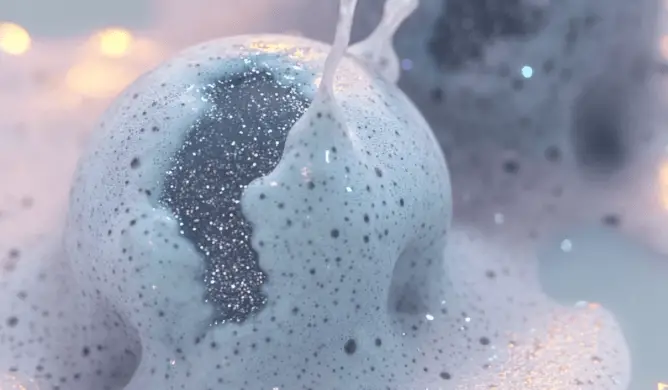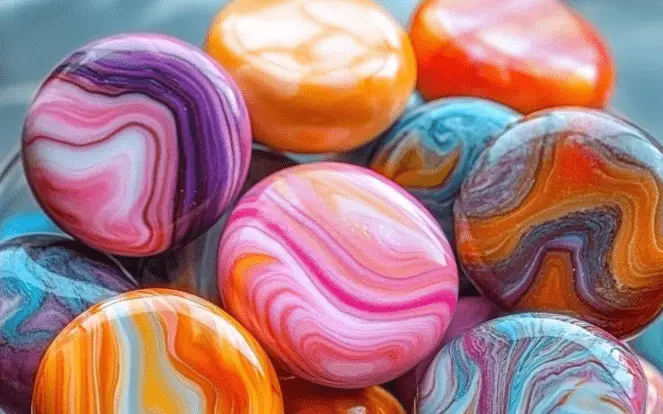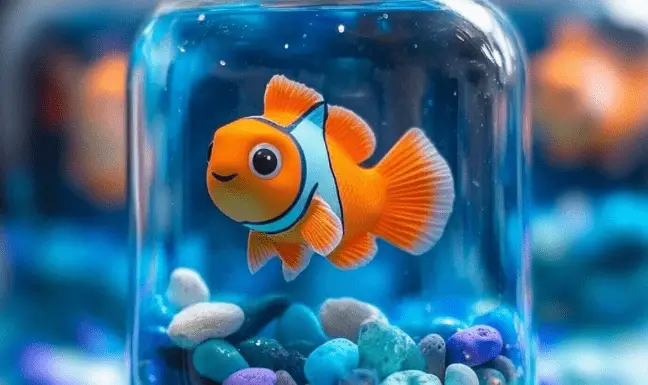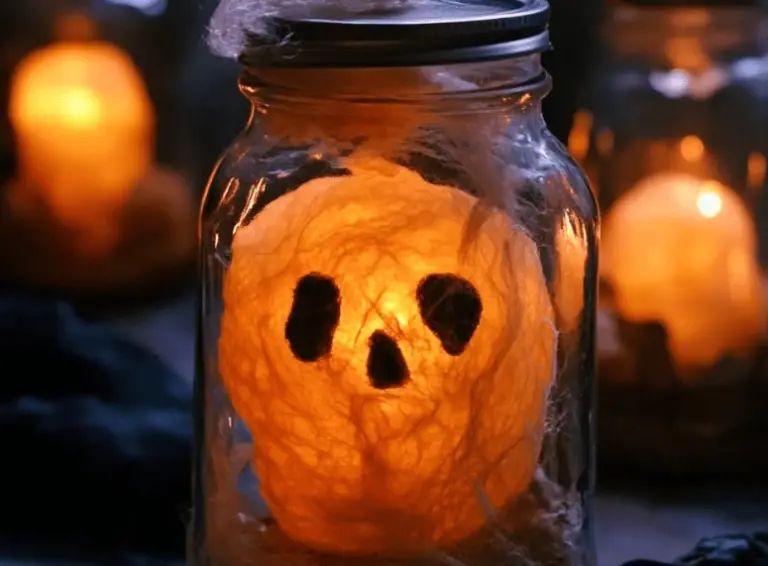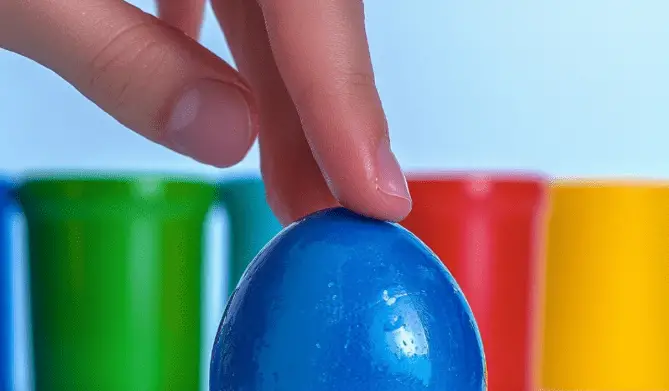Bioplastic Suncatchers: A Natural, Colorful Craft for Sunny Days
Making your own bioplastic suncatchers is a delightful and earth-friendly craft that brings both creativity and sustainability into your home. These handmade decorations not only brighten your space with radiant color but also introduce kids and adults alike to the basics of natural materials and biodegradable plastic. Perfect for a weekend project or a sunny afternoon activity, this craft is simple, educational, and filled with opportunities for personal expression. Using just a few kitchen-safe ingredients, you can create art that reflects light and love in every swirl.
Table of Contents
Ingredients
To create 2–3 medium suncatchers, you’ll need:
- ½ cup water
- 2 tablespoons cornstarch
- 1 tablespoon white vinegar
- 1 tablespoon unflavored gelatin
- Natural or food-safe coloring (like beet juice, turmeric, spirulina, or traditional food coloring)
- Optional: fine glitter, flower petals, or small pieces of tissue paper
- A non-stick surface (plastic sheet, silicone mat, or parchment paper)
- String or suction hook for hanging
- Hole punch
Instructions
Prepare the Bioplastic Base
Start by combining the water, cornstarch, white vinegar, and unflavored gelatin in a small saucepan. Stir thoroughly until the mixture is smooth and free of lumps.
Heat the Mixture
Place the saucepan over medium-low heat. Stir continuously for 3 to 5 minutes as the liquid begins to thicken into a gel-like consistency. Once it reaches this stage, remove it from the heat.
Add Color and Decorate
Divide the warm bioplastic gel into small bowls. Mix in your chosen natural or food-safe colorants. Pour the colored mixtures onto your non-stick surface in thin layers. Use a toothpick to create swirls or patterns. At this stage, you can press in flower petals, small tissue paper shapes, or a touch of glitter for extra visual interest.
Dry Completely
Allow the suncatchers to dry at room temperature for 24–48 hours. For the best results, flip them halfway through the drying period to ensure both sides cure evenly.
Hang Your Art
Once dry, the suncatchers will be firm, slightly flexible, and ready to display. Use a hole punch to create an opening at the top, thread a string through, and hang your bioplastic art in a sunny window. You’ll be amazed by how the sunlight brings out the color and design.
Benefits of This Craft
Bioplastic suncatchers are more than just fun to make—they come with several meaningful benefits. First, this craft is eco-conscious. By using natural and biodegradable materials, it reduces reliance on petroleum-based plastics. It’s also safe for kids and a great entry point for learning about sustainability and chemistry. Educationally, this activity combines art with science, offering a creative way to explore the properties of bioplastics and the concept of renewable materials. In addition, it provides sensory stimulation and fine motor practice, making it a holistic experience for learners of all ages.
Tips
- Work quickly once the bioplastic is heated—gelatin sets fast, and spreading it thin while it’s warm creates better results.
- Use parchment or silicone for best release and avoid sticking.
- Natural dyes like beet juice or turmeric work beautifully and are safe for little hands.
- Thin layers dry faster, but thicker ones may create a stained-glass-like effect.
- Dry in a warm, well-ventilated area. Humid spaces may require longer drying time.
What Does It Look Like?
While this craft isn’t edible, the appearance of the finished bioplastic suncatchers is similar to candy glass or colorful jelly sheets. The colors are soft, slightly translucent, and look especially vivid when light filters through them. The texture is flexible but firm, resembling thin plastic or silicone. Swirls, glitter, and embedded petals create a dreamy effect—each piece is unique and full of character.
How to Store
Store unused suncatchers in a cool, dry place to maintain their shape and color. If you live in a humid climate, keep them in an airtight container or a resealable plastic bag with silica gel packets to avoid moisture absorption. Over time, bioplastics may become more brittle or start to degrade, especially if exposed to moisture or direct sunlight for long periods. This is part of their eco-friendly nature, and it makes them ideal for seasonal or temporary decor.
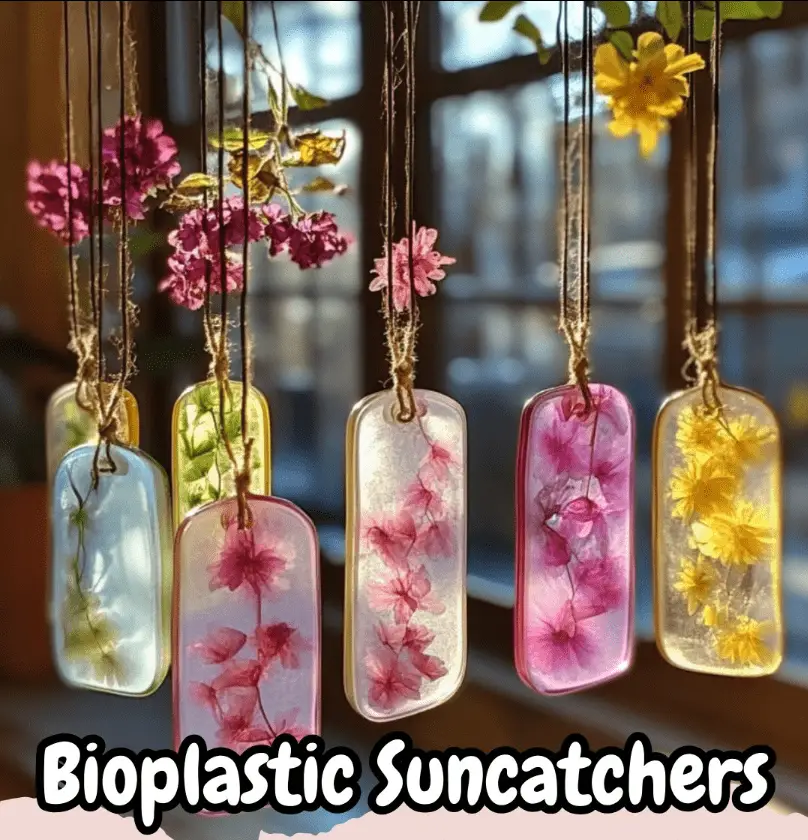
Bioplastic suncatchers are a vibrant, sustainable way to bring creativity and sunlight into your home. With minimal ingredients and plenty of room for personalization, they’re the perfect project for families, classrooms, or anyone curious about homemade, biodegradable crafts. Not only are they visually stunning, but they also encourage mindfulness about our environment and the materials we use every day. Whether you hang them in your kitchen window or give them as gifts, these handmade decorations will catch both the light and hearts of those who see them.
For even more fun and inspiring projects, visit More DIY craft ideas. You’ll discover dozens of easy, creative activities that combine beauty, nature, and hands-on learning.
FAQ
Can I use flavored gelatin instead of unflavored?
Flavored gelatin often contains sugar, dyes, and other additives that can interfere with the texture and drying process. It’s best to stick with unflavored gelatin for this craft.
Are these suncatchers edible?
No, while all ingredients are food-safe, the finished bioplastic is intended for decoration, not consumption.
How long do bioplastic suncatchers last?
Depending on your climate and how they are stored, they can last several weeks to a few months. They will naturally begin to degrade over time.
Can I make this without vinegar?
Vinegar helps strengthen the plastic-like structure. While the craft might still work without it, the durability and texture may be reduced.
What if my suncatcher sticks to the surface?
Use a very smooth, non-stick surface like silicone mats or parchment paper. Avoid paper towels or fabric, as the bioplastic will absorb into them.

